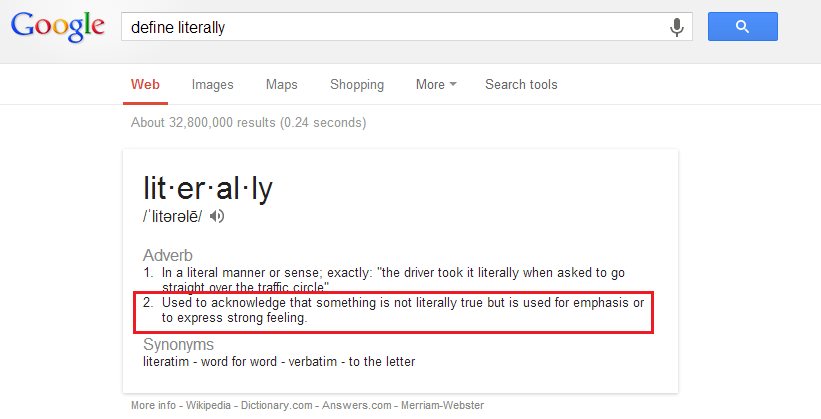

She said something about her plans for the evening before moving to her seat. He was welcomed like a long-lost brother.

Here are few sentences written with and without figurative language: They can therefore persuade readers better than regular approach. (We’ll use the word tools to collectively refer to figures of speech and devices of sound and imagery.)įigurative language brings color and imagery to writing – and even speaking – adding style and enhancing comprehension. That’s just like we use different strokes to swim. We use figures of speech and devices of sound and imagery as tools to write figurative language. But, strictly speaking, it encompasses devices of sound and imagery as well.) (Note that some use figurative language narrowly, referring only to figures of speech. Some common devices of sound and imagery are onomatopoeia, alliteration, consonance, and assonance. Devices of sound and imagery: They enhance rhythm of and add sound effect to the sentence. Some common figures of speech are metaphor, simile, irony, allusion, hyperbole, idiom, and personification.Ģ. Figures of speech: They use words that shift the intended meaning if taken literally. What is figurative language?įigurative language is a broad term used for:ġ. If you want to learn them in detail, I would urge you to go through comprehensive posts on each, which have been linked to under each tool. Please remember that none of this is relevant for playing games on Chess.The limited space in the post can’t do justice to eight tools of figurative language. You now know what "J'adoube" means, when you should say it, and what the touch-move rule is. It is definitely worth noting that the touch-move rule and saying "J'adoube" don't matter when playing on ! When playing games on, a move is considered played only after a piece is released onto a new square (touch-release rule) or when the clock is pressed (clock-move). If touch-move errors can happen to two of the greatest players to play the game, then they can happen to you as well! Even the legendary GM Garry Kasparov is not immune to touch-move errors: When his opponent pointed it out, Carlsen didn't make a fuss and just resigned the game.

He quickly realized this was a mistake and picked the king back up and moved it to d3 (which is a rule violation). In the following video, Carlsen originally played Kd4 (which loses to Bf2+, skewering the king and rook) and let go of the king. Virtually every OTB tournament player has a story involving the touch-move rule, including the 16th World Champion GM Magnus Carlsen. GM Gregory Serper wrote about historical mishaps regarding the rule in this article, and there are many more stories as well. This strictly enforced rule has caused many problems in OTB chess. This rule states that if a player touches a piece on their move, then they must move the touched piece (if a legal move can be made). The touch-move rule is in effect for almost every official OTB event. If you forget to say "J'adoube" or "adjust" before touching a piece, you have to move it (according to the rules)! What is the touch-move rule? The Touch-Move Rule In other words, if you are playing in an OTB tournament game or even a friendly game where the touch-move rule is in effect, you should say "J'adoube" before you touch a piece to adjust it. Always say "J'adoube" before adjusting your piece! Pieces should only be adjusted on your turn-not on your opponent's turn. The proper way of doing this would be to say "J'adoube" and only then adjust your piece.

In these cases (which happen often), you may want to adjust your pieces on their squares. One downside of playing OTB chess is that pieces can be knocked down accidentally or can get moved or jostled away from the center of their squares. Of course, you can say "adjust" or "I adjust" as well, but "J'adoube" is recognized worldwide as the same thing-this distinction could be important if you play against someone who doesn't speak your language in an OTB game. Now that you know what "J'adoube" means, let's find out when we should say it! (If you need help to pronounce "J'adoube" correctly, listen here.) When Should I Use The Phrase "J'adoube"? "J'adoube" is a French term that literally translated means: "I adjust." However, it is universally regarded as an acceptable way of informing your opponent that you are merely adjusting your pieces in an over-the-board (OTB) game. When Should I Use The Phrase "J'adoube"?.Here is what you need to know about "J'adoube": However, it is a very simple concept to learn! J'adoube? Another French chess term? Yes, "J'adoube" is another French chess term like en passant.


 0 kommentar(er)
0 kommentar(er)
